One of the coolest things that takes place during Chinese New Year is the lion dances. This is typically the only time of the year when you get to see these performances, and kids absolutely love them.
Lion dancing has a long and storied history that stretches back centuries in China. It serves as a powerful cultural symbol laden with profound significance. The lion is regarded as having the ability to drive away evil spirits and usher in good fortune, thus coming alive during this festive season.
Stumbling upon a performance mid-way you might think it only consists of highly skilled acrobats, but each step leading up to the dance has a special meaning.
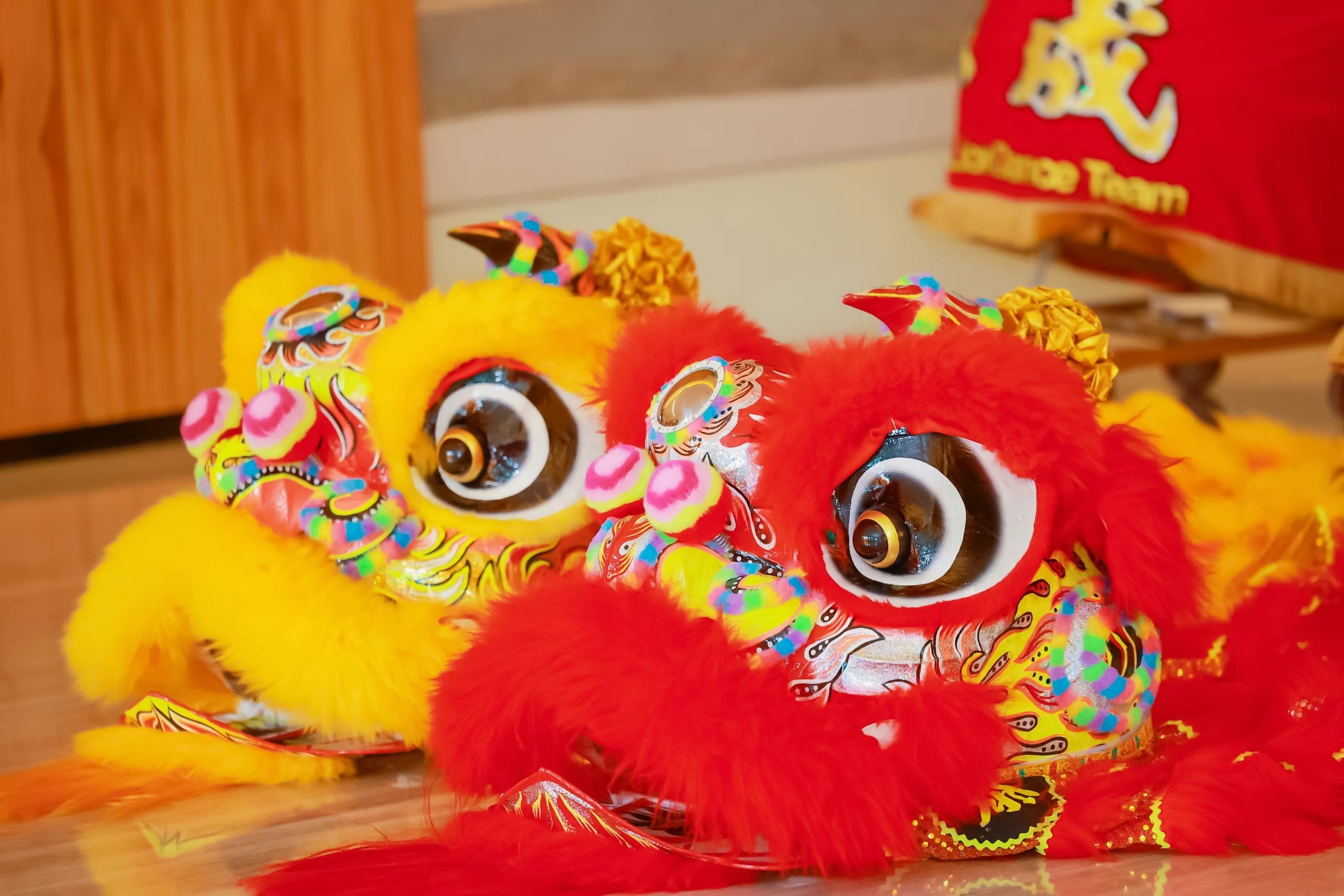 Bringing the Lion to Life (Painting the Eyes)
Bringing the Lion to Life (Painting the Eyes)
Before a lion dance performance begins, there is a ceremony that “brings the lion to life.” This often involves painting the eyes of the lion. With a brush dipped in red paint, people carefully mark the eyes of the lion. This act symbolizes awakening the spirit of the lion, endowing it with life and the power to perform its functions of warding off evil and bringing good fortune. It’s as if the lion is now ready to roam and bestow its blessings upon the places it visits.
The Lion’s Performance
Once the lion is “alive,” the dancers start their performance. The front dancer controls the lion’s head using various hand movements to make the lion blink, shake its head, and display different expressions. The rear dancer follows closely, coordinating to make the lion’s body sway, leap, and move gracefully. They might perform movements like high jumps to signify overcoming obstacles and achieving success. The lion also plays with the “lion ball,” chasing it, rolling it with its paws, which represents the pursuit of good luck and happiness in life. Circling around in a lively manner indicates prosperity and a smooth life journey.
Feeding the Lion
One interesting and symbolic part of the lion dance is the “feeding the lion” ritual. Usually, a bunch of green vegetables, most commonly lettuce, is prepared. Lettuce is chosen because its Chinese name, shengcai, sounds similar to “generating wealth” in Chinese pronunciation. The lettuce is tied together with a red ribbon, or it sometimes has a red envelope attached to it. It is then hung at a certain height, often above the entrance of a business or a household. The lion approaches the lettuce and “eats” it by using its mouth (the part of the lion’s head manipulated by the front dancer) to grab and pull it down. This symbolizes the lion bringing wealth and good fortune to that place. Sometimes, the lion will then “spit” out the lettuce or toss it around, which is seen as spreading the good luck even further. After that, the red envelope attached to the lettuce is often given to the lion dance troupe as a token of appreciation and a wish for continued prosperity.
At the end of the performance, the lion dancers make the lion perform a series of respectful bows or gestures to thank the audience and the place where it has performed. This shows gratitude and also signifies that the lion is now taking its leave, having completed its task of spreading positive energy and good wishes.
Sounds cool, right? Mark your calendars because there will be a few places where you can see lion dancing completely free in Beijing.
British School of Beijing, Sanlitun’s Temple Fair
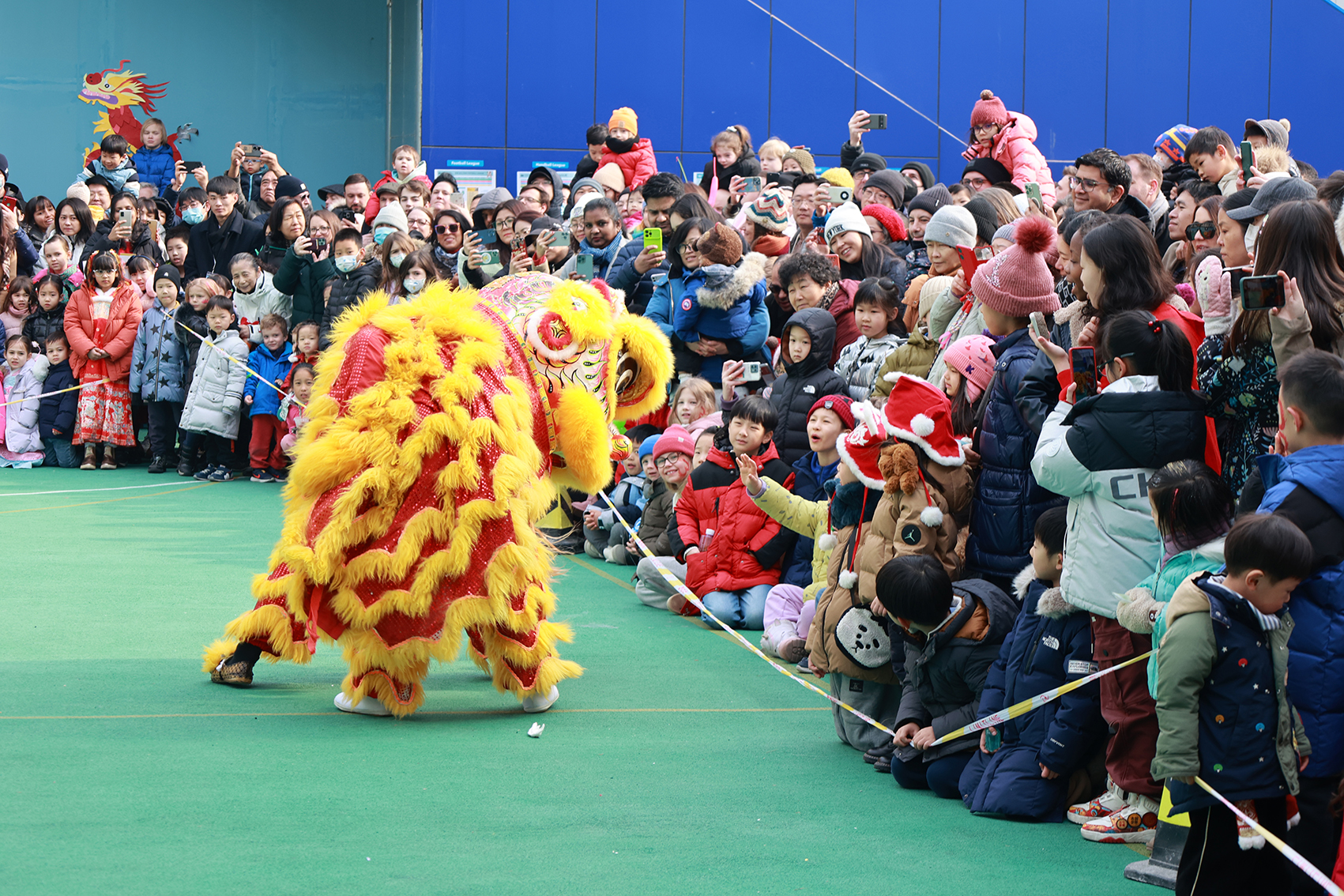
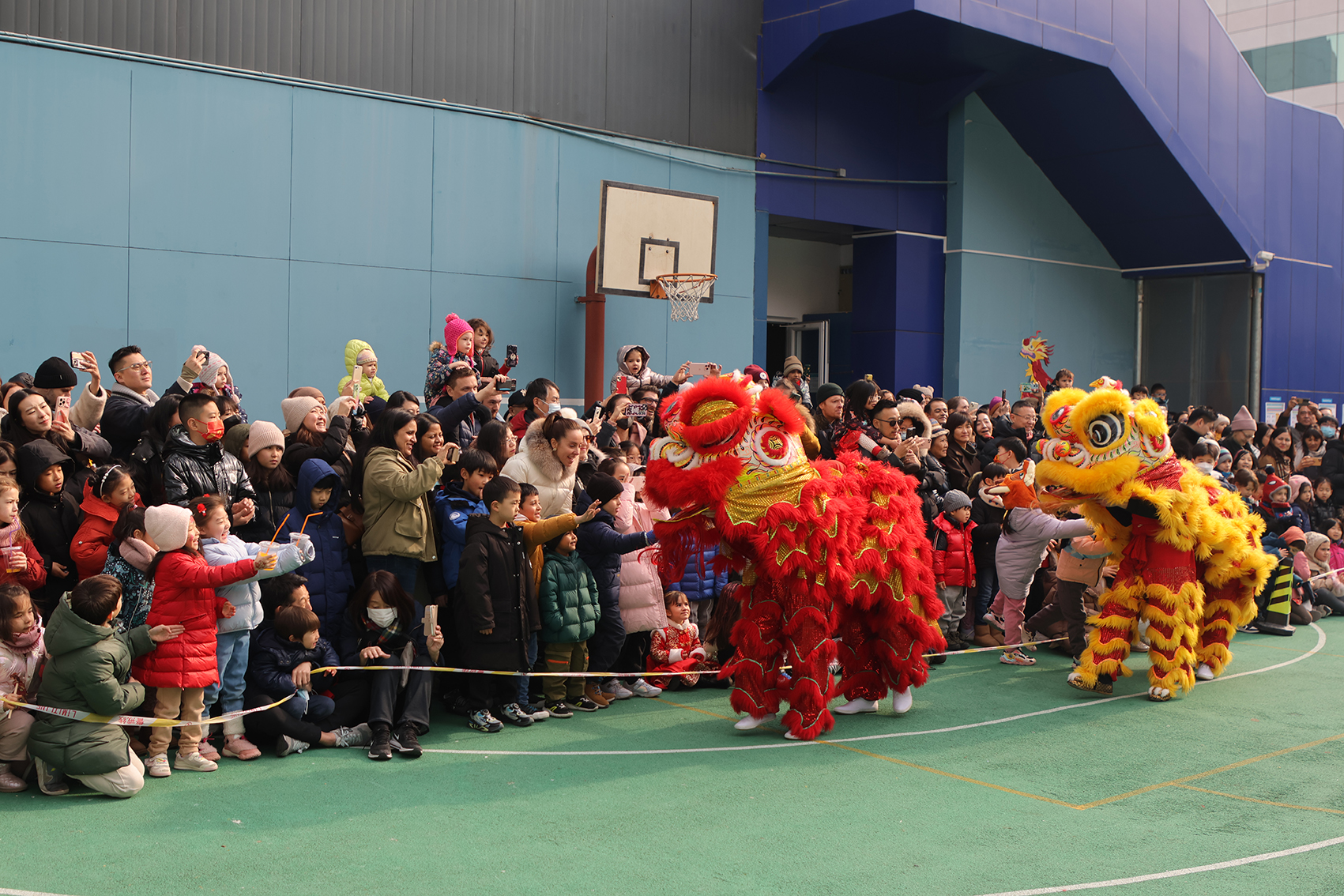 Date: Jan 19
Date: Jan 19
Time: Noon
Location: Playground
The lion dance will kick off BSB Sanlitun’s Temple Fair.
Find it:
Primary Building: 5 Xiliu Street, Sanlitun Lu, Chaoyang District
The Regent Beijing
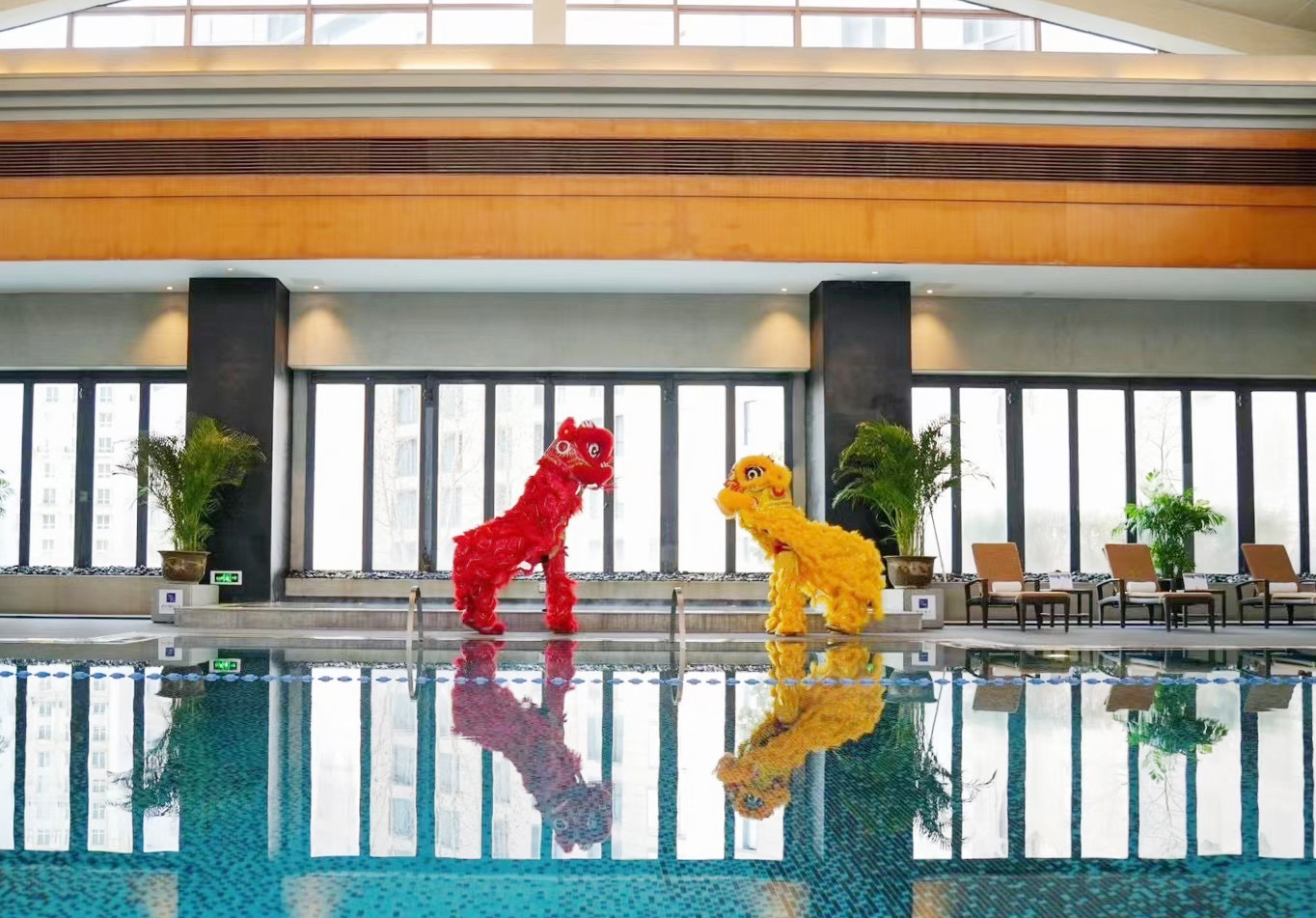 Date: Jan 29
Date: Jan 29
Time: 8.58am
Location: The lion dancing will start from the entrance of the hotel before traveling to the rest of the hotel.
No RSVP is needed, but be sure to show up early. The lion waits for no one!
Find it:
2/F, The Regent Beijing, 99 Jinbao Jie, Dongcheng District
东城区金宝街99号北京丽晶酒店2层
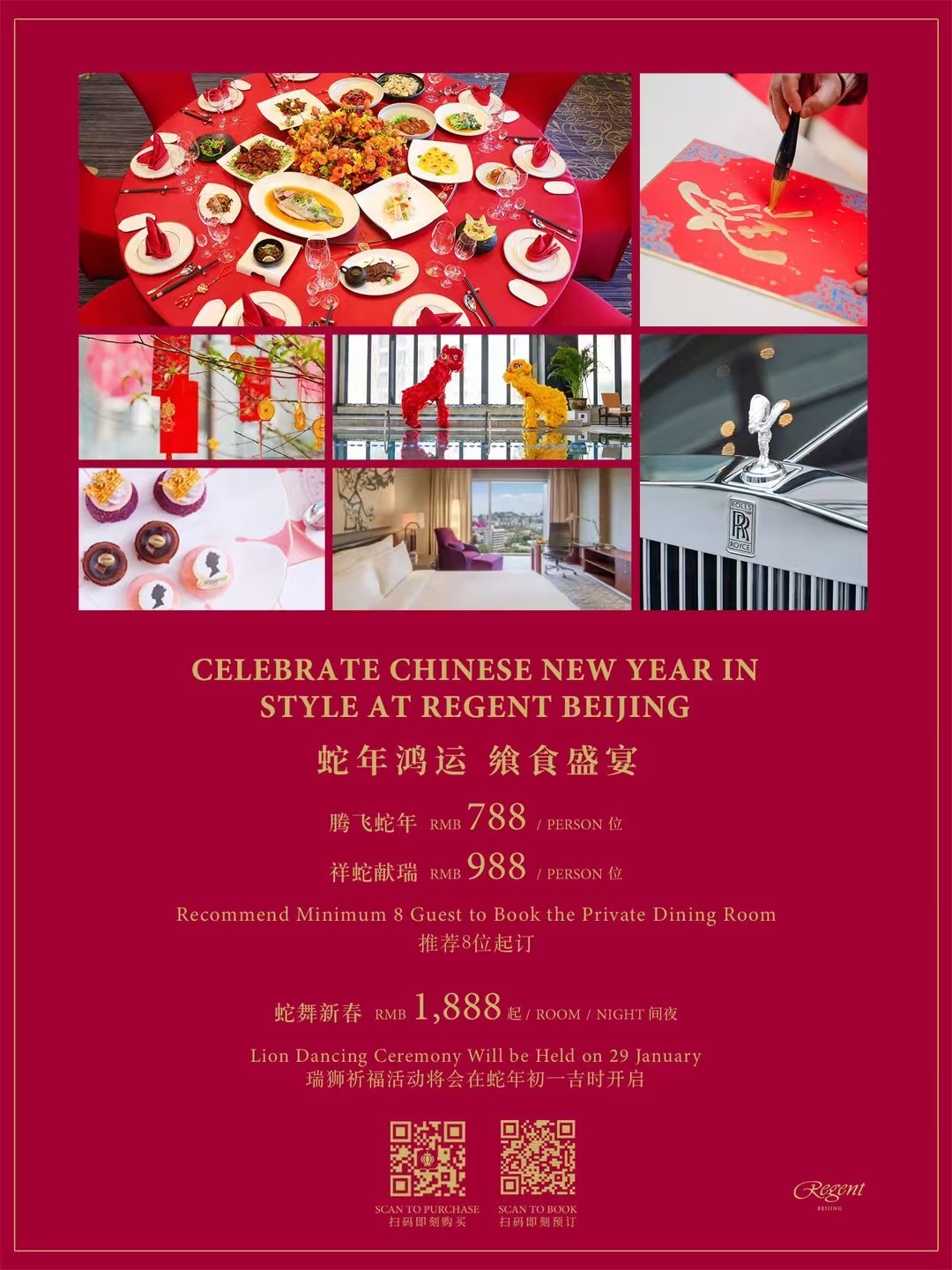
EAST Hotel Beijing
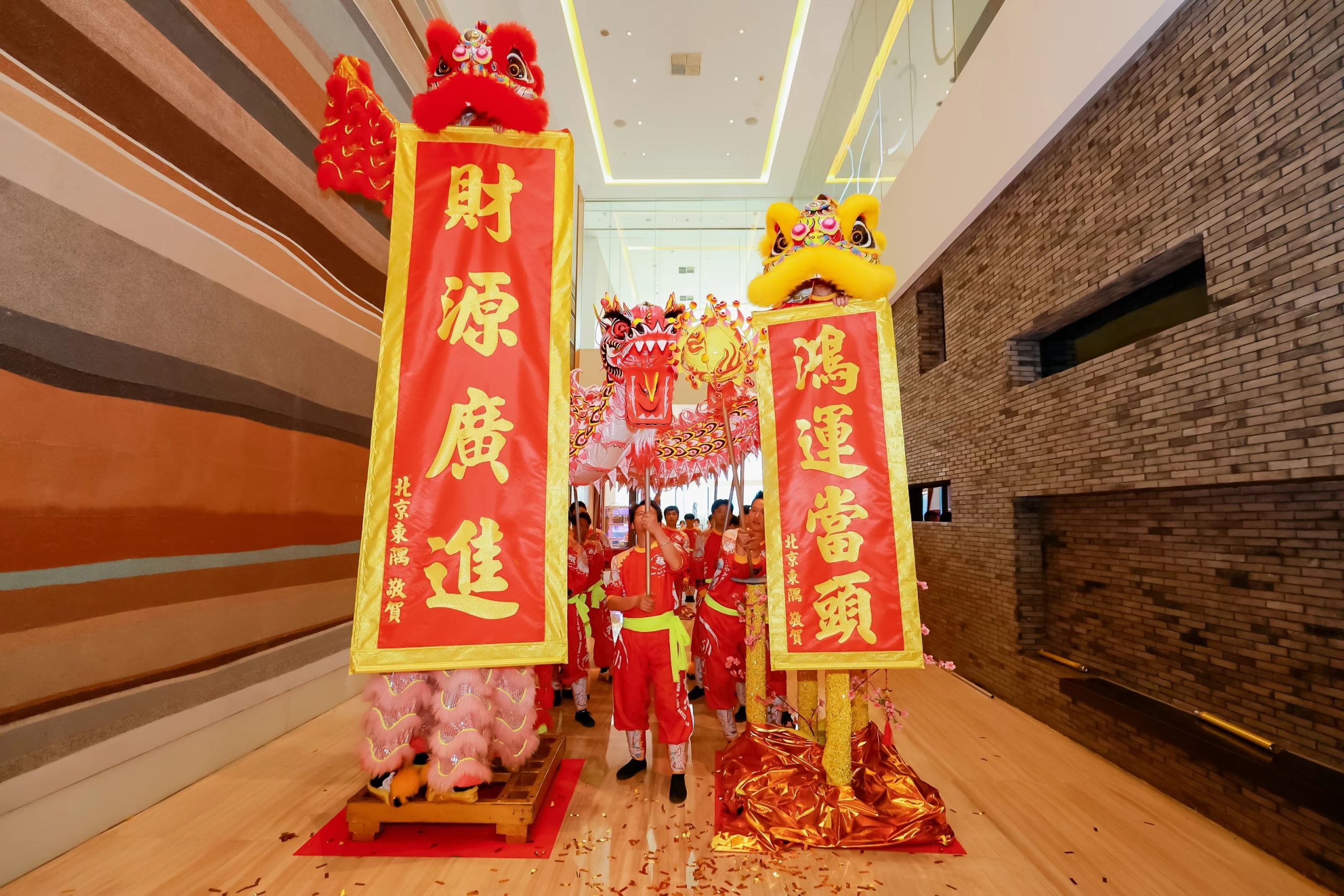 Date: Feb 8
Date: Feb 8
Time: 2,30pm
Location: The lion dancing will start in the lobby before traveling to the rest of the hotel.
No RSVP needed, but be sure to show up before 2.30pm. The lion waits for no one!
Find it:
22 Jiuxianqiao Lu, Chaoyang District
朝阳区酒仙桥路22号
More lion dancing schedules are being finalized in the coming days. Stay tuned for more places where you can find some Chinese New Year festivities.
Images: EAST Hotel, British School of Beijing Sanlitun, The Regent Beijing




